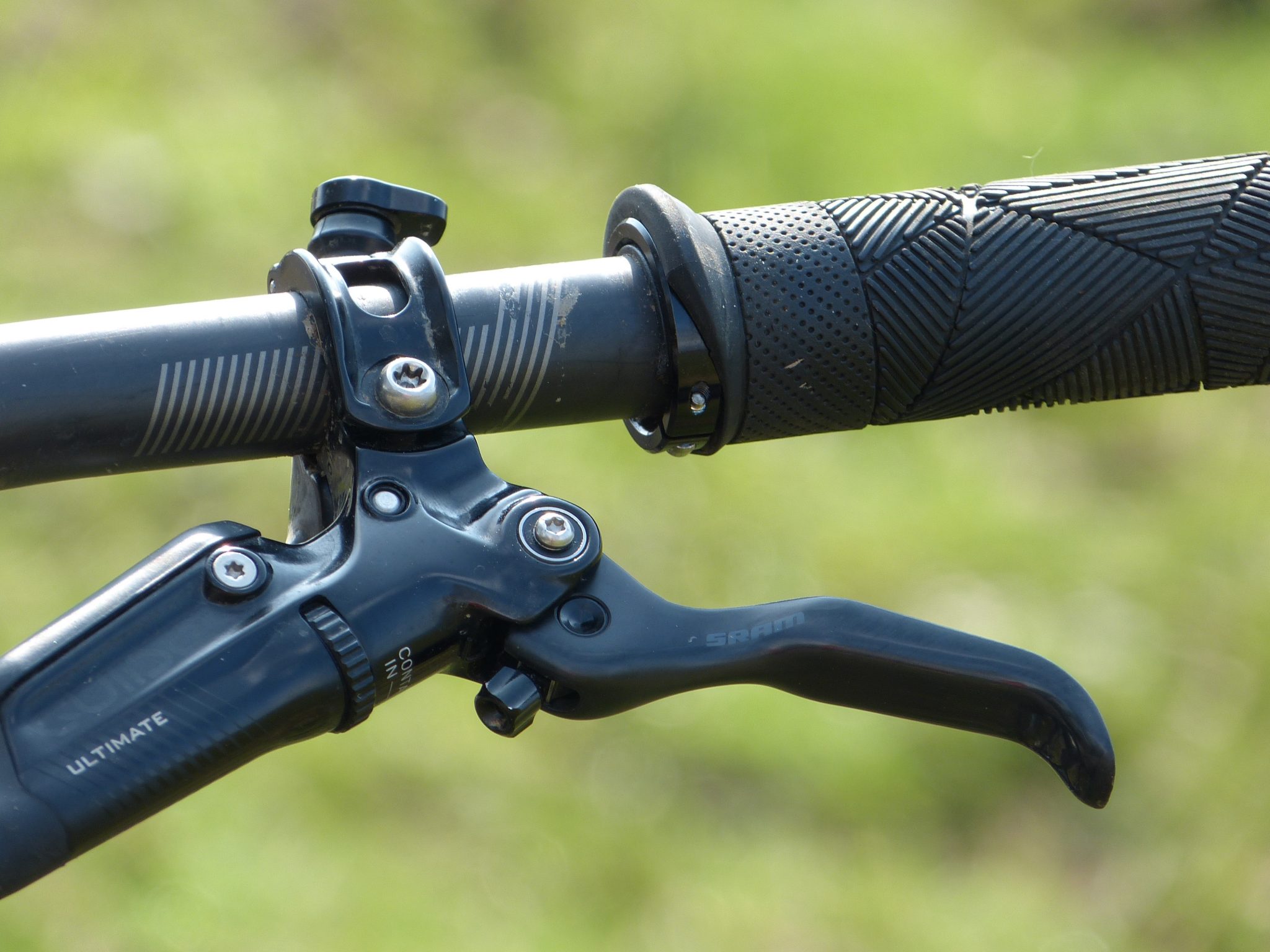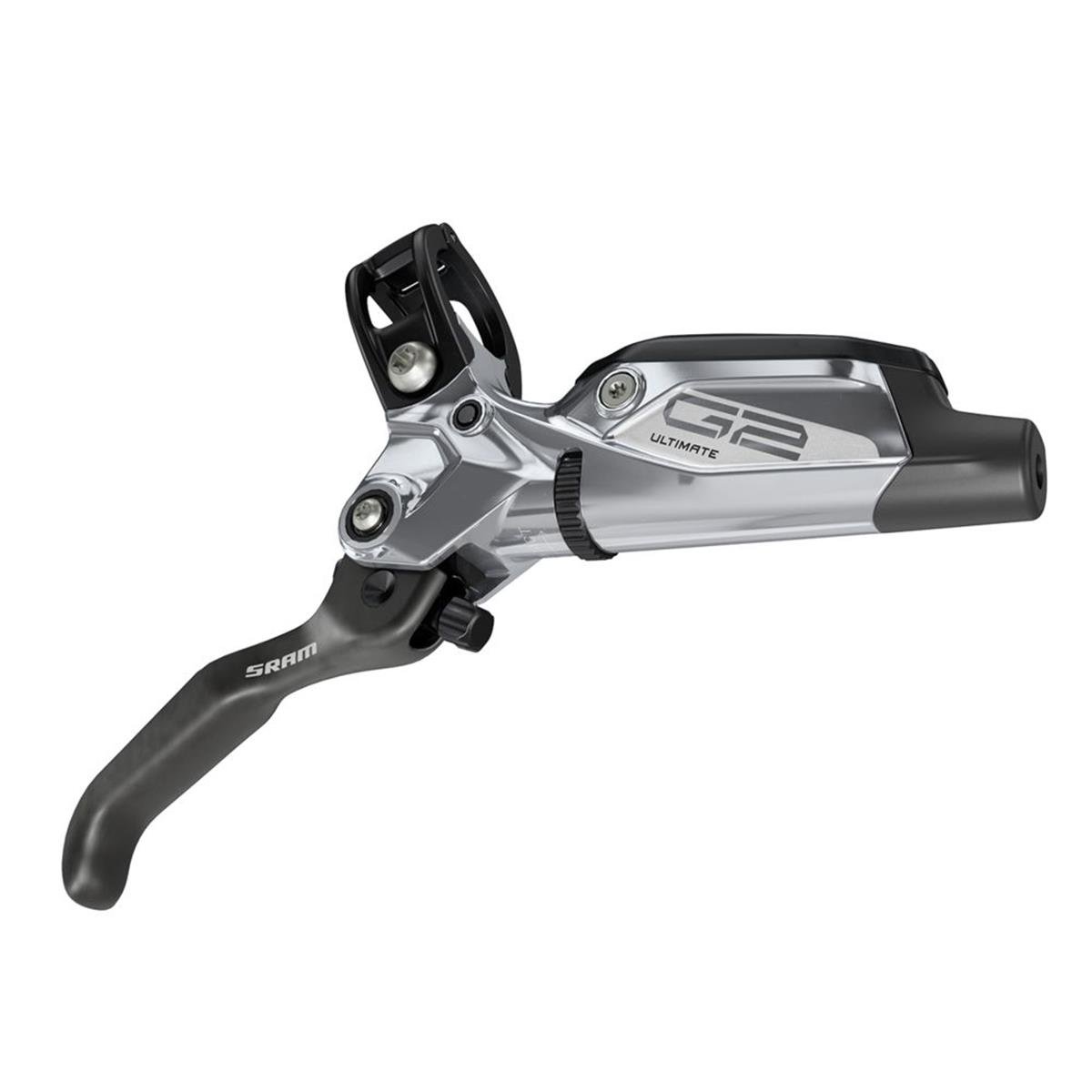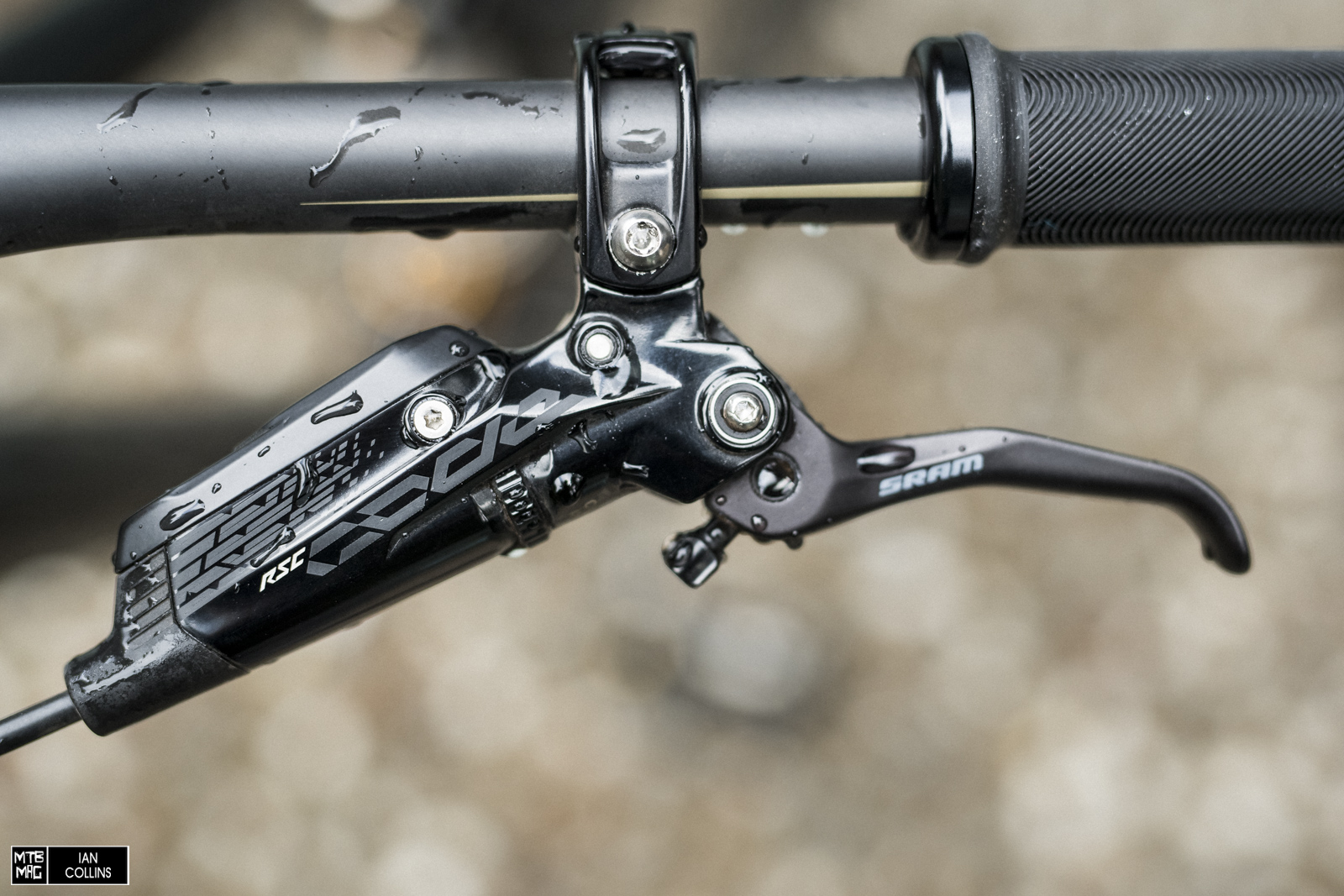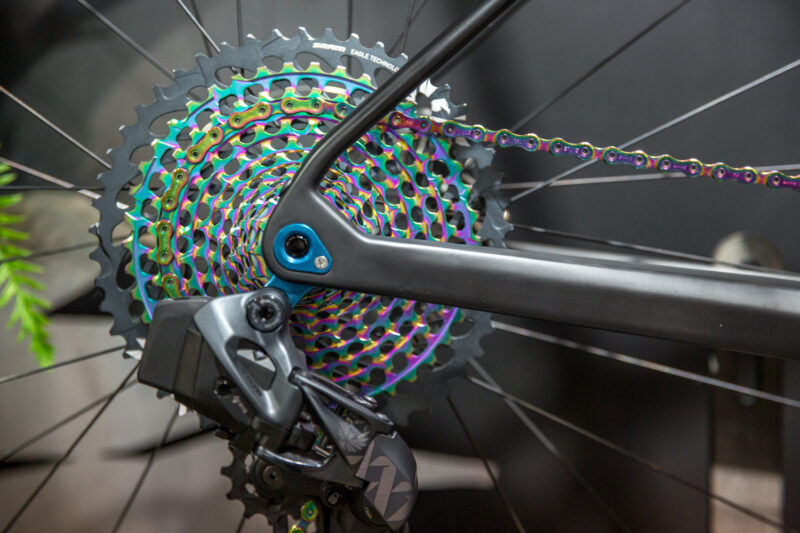An In-Depth Look at SRAM’s MTB Brake Offerings
SRAM, a leading name in the cycling industry, is renowned for manufacturing high-quality and reliable mountain bike (MTB) brakes. These braking systems cater to a wide range of riders, from beginners to professional racers, offering varying levels of performance and features. This article delves into the SRAM MTB brakes hierarchy, providing a comprehensive overview of the different categories and their suitability for various riding styles and preferences.
Breaking Down the SRAM MTB Brake Range
SRAM’s MTB brake offerings cater to a diverse range of riders, from beginners to seasoned professionals. These brakes can be categorized into different levels based on their performance and price points, ensuring there’s an option for every rider’s needs and budget. This article explores the various categories of SRAM MTB brakes, highlighting their unique features and benefits.
At the entry-level, SRAM provides reliable and affordable braking systems designed for beginners and budget-conscious riders. Mid-range brakes offer improved performance and durability for enthusiasts, while high-performance models cater to advanced riders seeking top-notch control and responsiveness. Finally, SRAM’s ultimate brakes are tailored for professional racers and serious enthusiasts who demand unparalleled performance and cutting-edge technology.
Level 1: SRAM’s Entry-Level MTB Brakes
SRAM’s entry-level MTB brakes, such as the DB3 and DB5 models, offer reliable performance at an affordable price. These brakes are suitable for beginner to intermediate riders who prioritize value and essential features without compromising on quality.
The entry-level brakes in SRAM’s hierarchy typically come with two-piston calipers, providing ample stopping power for most trail riding conditions. They feature a simple and user-friendly design, making them easy to install, adjust, and maintain. Additionally, these brakes often include resin pads, which offer quieter operation and reduced brake squeal compared to sintered pads.
While entry-level SRAM MTB brakes may not boast the same advanced features as higher-tier models, they still deliver consistent performance and dependability. As riders progress in their mountain biking journey, they can upgrade to more sophisticated braking systems that cater to their evolving needs and preferences.
Level 2: Mid-Range SRAM MTB Brakes for Enthusiasts
SRAM’s mid-range MTB brakes, such as the DB5 and Guide RE models, cater to enthusiasts who seek improved performance and durability compared to entry-level options. These brakes offer a balance between cost and functionality, making them an excellent choice for riders who demand more from their braking systems.
Mid-range SRAM MTB brakes often come equipped with four-piston calipers, providing increased power and modulation for more demanding trail riding conditions. They also feature more advanced adjustability options, such as contact point and reach adjust, allowing riders to fine-tune their brakes to their specific preferences. Additionally, these brakes may include sintered metal pads, which offer better heat resistance and durability than resin pads, making them suitable for longer, more aggressive rides.
By upgrading to mid-range SRAM MTB brakes, enthusiasts can benefit from enhanced control, improved stopping power, and increased confidence when navigating technical terrain. These brakes serve as a stepping stone for riders looking to transition from entry-level systems to high-performance models as their skills and riding styles evolve.
Level 3: SRAM’s High-Performance MTB Brakes for Advanced Riders
SRAM’s high-performance MTB brakes, such as the Guide RSC and Code R models, cater to advanced riders who demand superior performance and control. These brakes offer a wide range of features and capabilities tailored to the unique needs of experienced riders and aggressive trail conditions.
High-performance SRAM MTB brakes often come with four-piston calipers, ensuring consistent and powerful braking performance even in the most demanding situations. They feature advanced adjustability options, such as contact point, reach, and bite point adjust, allowing riders to fine-tune their brakes to their specific preferences. Additionally, these brakes may include sintered metal pads, which offer excellent heat resistance and durability, making them suitable for long, aggressive descents and challenging terrain.
By upgrading to high-performance SRAM MTB brakes, advanced riders can benefit from increased control, improved modulation, and enhanced confidence when navigating technical terrain at high speeds. These brakes provide the precision and reliability necessary for competitive racing and aggressive trail riding, making them an essential component for serious enthusiasts and professionals alike.
Level 4: SRAM’s Ultimate MTB Brakes for Professional Racers
SRAM’s ultimate MTB brakes, such as the Code RSC and Guide Ultimate models, represent the pinnacle of braking technology for mountain biking. These brakes are designed specifically for professional racers and serious enthusiasts who demand unparalleled performance, control, and customization options.
Ultimate SRAM MTB brakes often feature advanced technologies, such as contact point adjust, SwingLink lever technology, and DOT 5.1 fluid, ensuring consistent and powerful braking performance even in the most challenging conditions. They come equipped with four-piston calipers, providing exceptional modulation and heat dissipation for reliable and fade-free braking. Additionally, these brakes may include sintered metal pads, which offer superior heat resistance and durability, making them suitable for the most demanding racing and trail environments.
By choosing SRAM’s ultimate MTB brakes, professional racers and serious enthusiasts can benefit from unmatched control, precision, and reliability. These brakes provide the competitive edge and peace of mind necessary for tackling the most technical and challenging trails, as well as high-pressure racing scenarios, making them an essential component for those who demand the very best in braking performance.
How to Choose the Right SRAM MTB Brakes for Your Riding Style
Selecting the perfect SRAM MTB brakes for your riding style and preferences can significantly enhance your mountain biking experience. By considering several factors, such as your skill level, budget, and desired features, you can make an informed decision and invest in a braking system that meets your unique needs.
Assessing Your Skill Level
Your riding skill level plays a crucial role in determining the ideal SRAM MTB brakes for you. Beginner to intermediate riders may find entry-level and mid-range brakes sufficient for their needs, while advanced and professional riders might prefer high-performance or ultimate brakes for their enhanced features and capabilities.
Considering Your Budget
SRAM MTB brakes are available at various price points, making it essential to establish a budget before making a purchase. While higher-priced brakes often offer superior performance and advanced features, more affordable options can still provide reliable and efficient braking for many riders.
Identifying Desired Features
Different SRAM MTB brakes come with unique features and capabilities. For instance, some riders might prioritize lightweight designs, while others might focus on adjustability options, heat resistance, or modulation. By identifying the features most important to you, you can narrow down your options and choose the brakes that best align with your preferences.
Testing and Comparing Brakes
Whenever possible, test various SRAM MTB brakes to gauge their performance and compatibility with your riding style. Comparing brakes side-by-side can help you make a more informed decision and ensure that you select the ideal braking system for your needs.
Maintaining and Upgrading Your SRAM MTB Brakes
Regular maintenance is crucial for ensuring the longevity and optimal performance of your SRAM MTB brakes. By following a few simple steps, you can keep your braking system in top condition and maximize its lifespan.
Cleaning and Inspecting Your Brakes
Periodically clean your brakes and rotors with a soft brush and rubbing alcohol to remove dirt and debris. Inspect the brake pads, rotors, and hoses for signs of wear, damage, or leaks. Replace any worn or damaged components as needed to maintain consistent braking performance.
Bleeding Your Brakes
Over time, air can enter your brake lines, causing spongy or inconsistent braking. Bleeding your brakes involves removing the air and refilling the system with fresh brake fluid. While this process can be complex, SRAM provides detailed instructions and tools to help you bleed your brakes effectively.
Upgrading Your Brakes
As your riding skills and preferences evolve, you may find that your current SRAM MTB brakes no longer meet your needs. Upgrading to a higher level in the SRAM MTB brakes hierarchy can provide improved performance, advanced features, and enhanced control. When upgrading, consider your specific requirements, such as increased stopping power, modulation, or adjustability, to ensure that your new brakes align with your riding style and preferences.
Seeking Professional Assistance
If you’re unsure about performing maintenance or upgrades on your SRAM MTB brakes, consider seeking the help of a professional bike mechanic. A skilled mechanic can ensure that your brakes are properly maintained, serviced, or upgraded, giving you peace of mind and allowing you to focus on enjoying your rides.









